Jan 13, 2016
DNA ‘lock and key’ allows for precision drug delivery to target cancer and other cells
Posted by Sean Brazell in categories: biotech/medical, nanotechnology
DNA-based lock-and-key pore design allows for precision delivery of drugs to cancer and other cells (credit: Stefan Howorka and Jonathan Burns/UCL)
Scientists at University College London (UCL) and Nanion Technologies in Munich have developed synthetic DNA-based pores that control which molecules can pass through a cell’s wall, achieving more precise drug delivery.
Therapeutics, including anti-cancer drugs, are ferried around the body in nanoscale carriers called vesicles, targeted to different tissues using biological markers. The new DNA-based pore design is intended to improve that process.

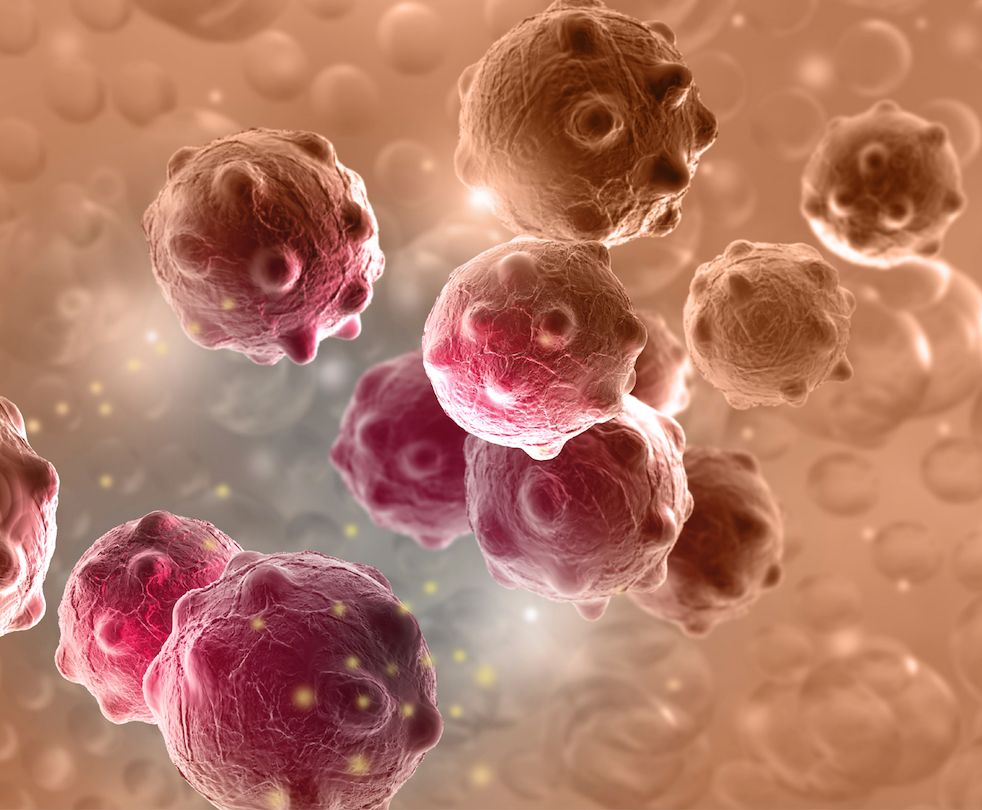
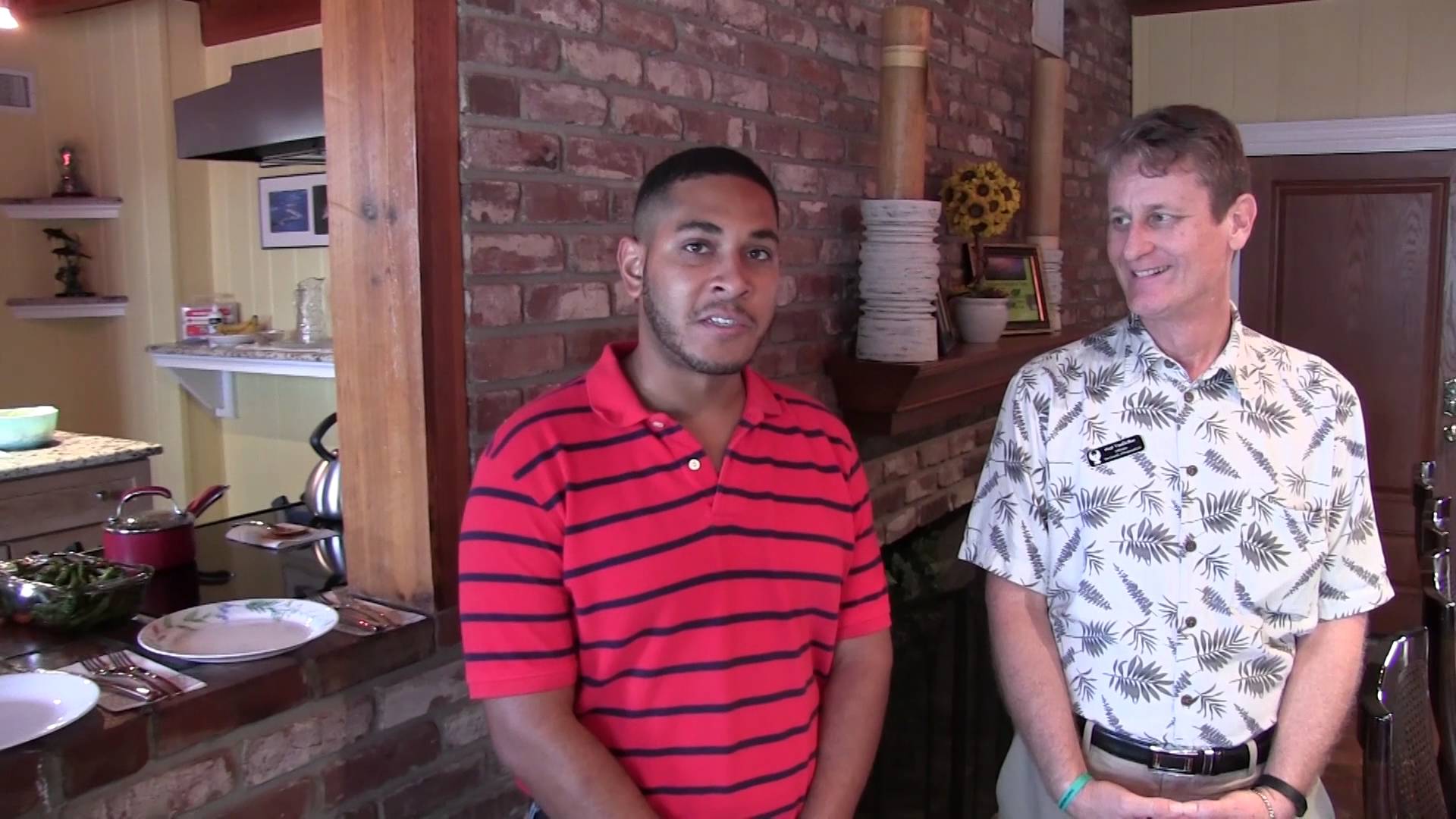
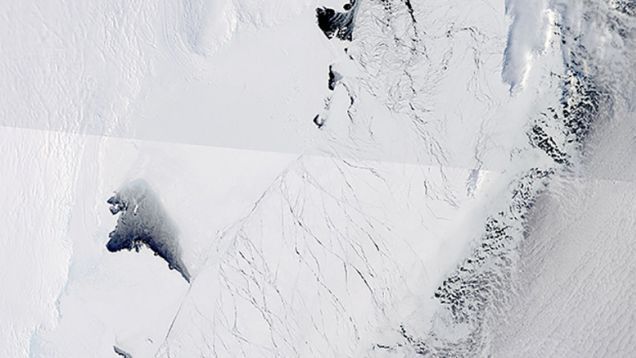

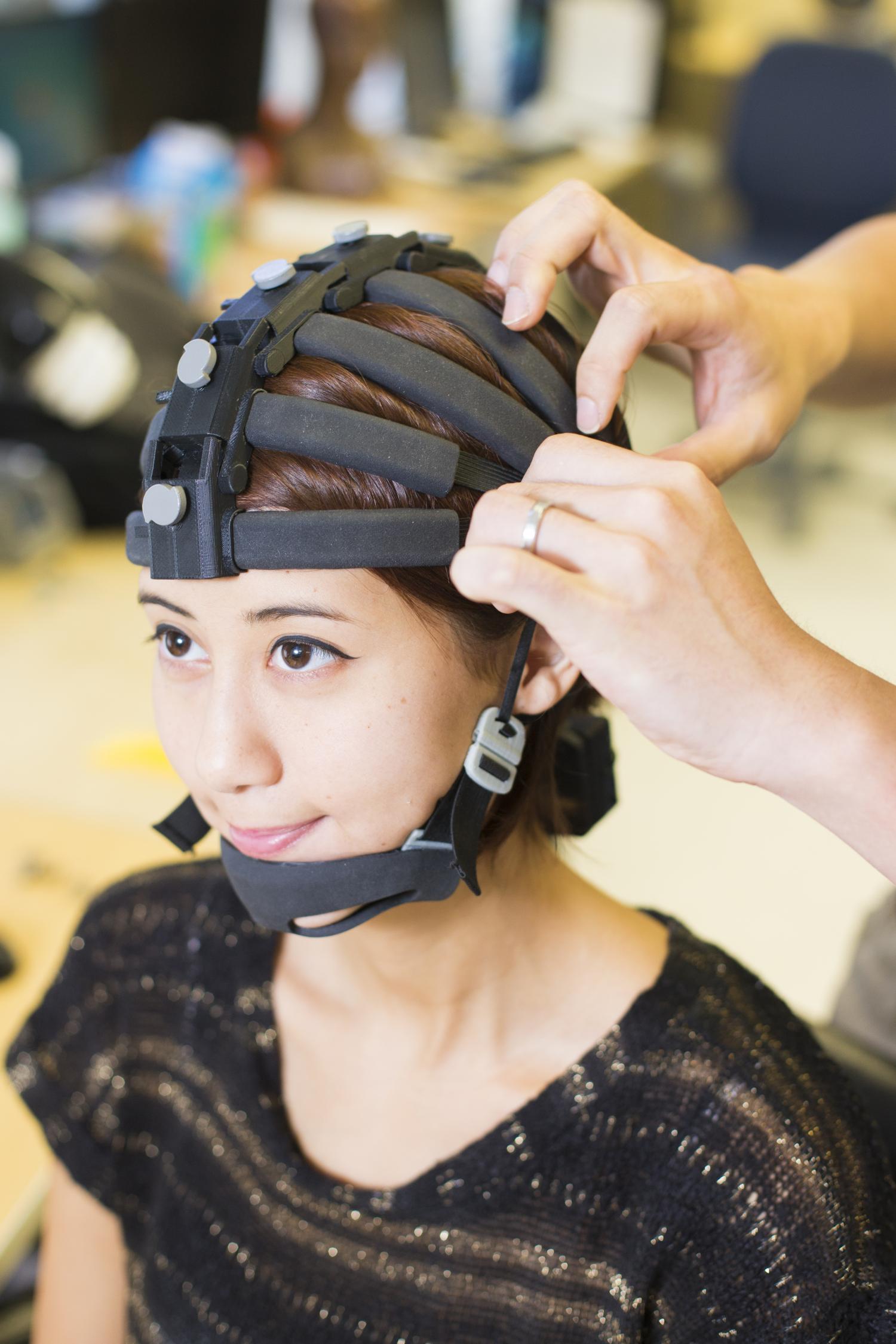
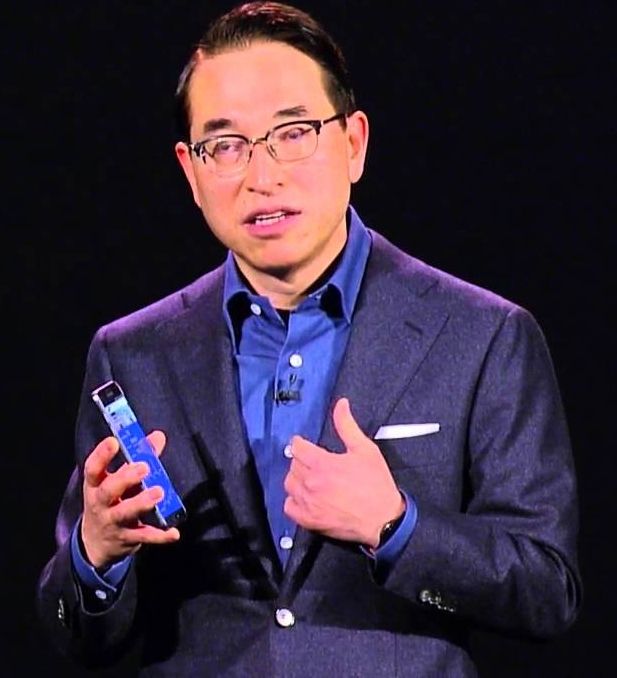
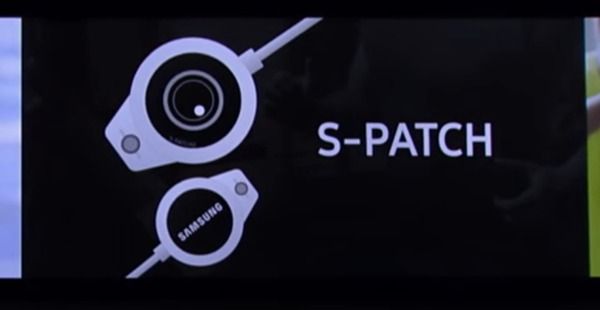 A couple weeks ago Samsung affirmed its ongoing commitment to the digital health space with the release of the Bio-Processor. The Bio-Processor is a single, compact chip that is capable of measuring PPG, ECG, skin temperature, GSR, and body fat. While it’s already in mass production and anticipated to be found in devices soon, Samsung took some time during its CES press event to demonstrate the Bio-Processor’s power in a prototype device called the S-Patch.
A couple weeks ago Samsung affirmed its ongoing commitment to the digital health space with the release of the Bio-Processor. The Bio-Processor is a single, compact chip that is capable of measuring PPG, ECG, skin temperature, GSR, and body fat. While it’s already in mass production and anticipated to be found in devices soon, Samsung took some time during its CES press event to demonstrate the Bio-Processor’s power in a prototype device called the S-Patch.











